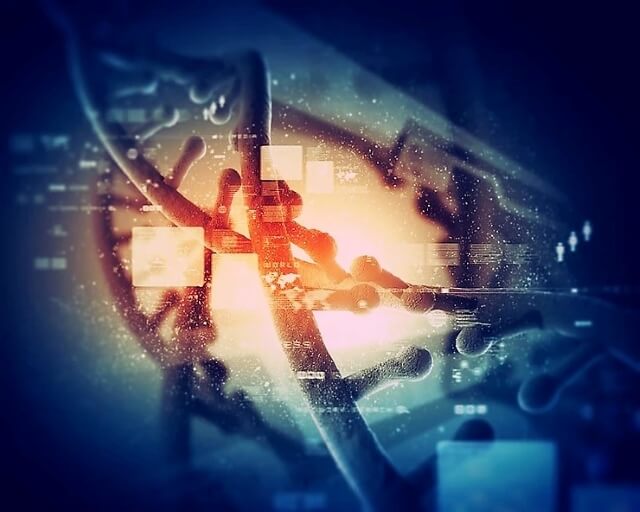I've talked about Sign designs before in my post Stop Making Us Read I explained that this form of communication, graphically representing information to create meaning, increases the message impact enormously. Messages created visually can include objects, models, graphs, maps, and photographs. And while the visual medium may vary, there are always seven core elements that make up the image.

Color. Color is the primary, most essential element in visual communication.

Color may be used to decorate, highlight importance, or designate design. Colors are tied closely to our emotions and personal feelings. In this way, color communications with us both visually and emotionally. Color can also be used to create visual depth. Palettes of color can be built to draw out feelings in the observer. This component is foundational in creating the frame and context of your visual message. The most popular uses of color palettes in the most resonating brands are triadic (those evenly spaced around the color wheel) and monochromatic. You can read more about the importance of color in my blog post: Color Full Post.
Shape. Visual communication is different from text in that there are more options available in the use of shape.

Shape, like color, has a huge ability to capture your observer’s attention. While shapes vary a great deal, there are a few different categories they are sorted into.Geometric shapes, such as circles, triangles or squares have perfect, uniform measurements and don't often appear in nature. Organic shapes are associated with things from the natural world, like plants and animals. They are more random or flowing in nature. There are also abstract shapes. These shapes are depictions of real things without being exact representations of them. They are often referred to as icons and they are key in visual communication. In design, the primary purpose of shapes are to connect or separate content. But they also symbolize meanings and represent concepts.
Texture. The texture of the communication is what the surface of it looks like, and can be real or implied.

In visual communication, rough and smooth textures change the meaning of the messages against them. Textures often have a humanizing effect on an image and often make it feel more friendly. Images without textures usually feel more corporate or professional looking. Additionally, texture can add depth to an image.
Figure-Ground. This term is used to describe the relationship between an object or image and its background.

This figure-ground is where designers incorporate space, closeness, or depth. It’s the part of the communication where strong contrasts in color or texture may be emphasized. The construction of the object, known as the positive space, against the background, known as the negative space, should be created intentionally and significantly impacts the messaging inherent in the communication.
Balance. This is a hugely important component to visual communication and too often in today’s marketing, is overlooked.

Balance is the arrangement of the objects, or pieces, in the communication along the two sides of the vertical axis. There are two different forms of balance. Symmetrical balance means that the two sides of the piece are a mirror image of each other. Symmetrical visuals are stable and are best for instructional or information-carrying communications. Asymmetrical balance means that the two sides of the image are not mirrored or balanced. In this type of visual, objects on either side get more or less “weight” in the messaging. This type of visual is best used when encouraging observer’s to engage more, or interact with the design in some way.
Hierarchy. This is the term used for the way in which the designer “leads” their audience through their image.

It is a technique that incorporates the previously mentioned components, as well as position, whitespace, and proximity to help your audience achieve the message the way it was intended. Aspects of hierarchy include the understanding that objects in the center or near the top of the visual carry the most importance. Research shows us that audiences’ eyes follow predictable reading paths, which are culturally influenced. Hierarchy leverages these paths to maximize messaging.
Partner with your designer to help create visual communications for your message that read less and say more, incorporate the fundamental core components of design, and make the most lasting impression.